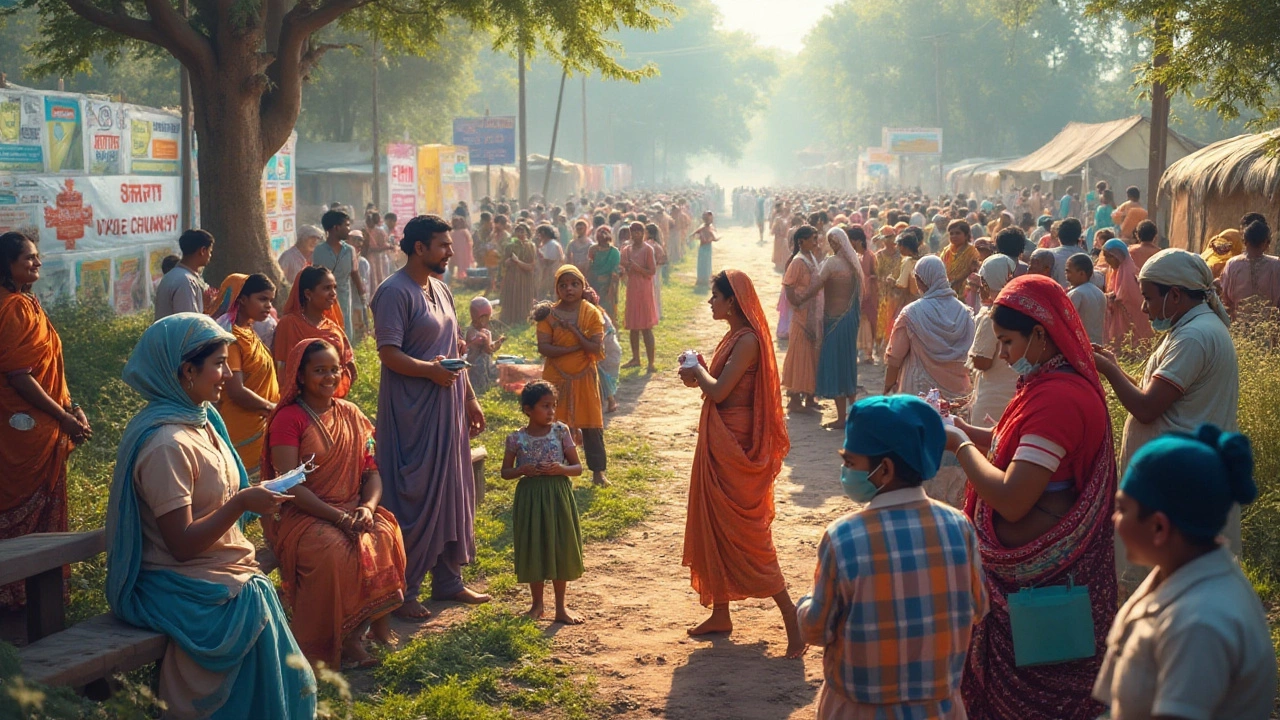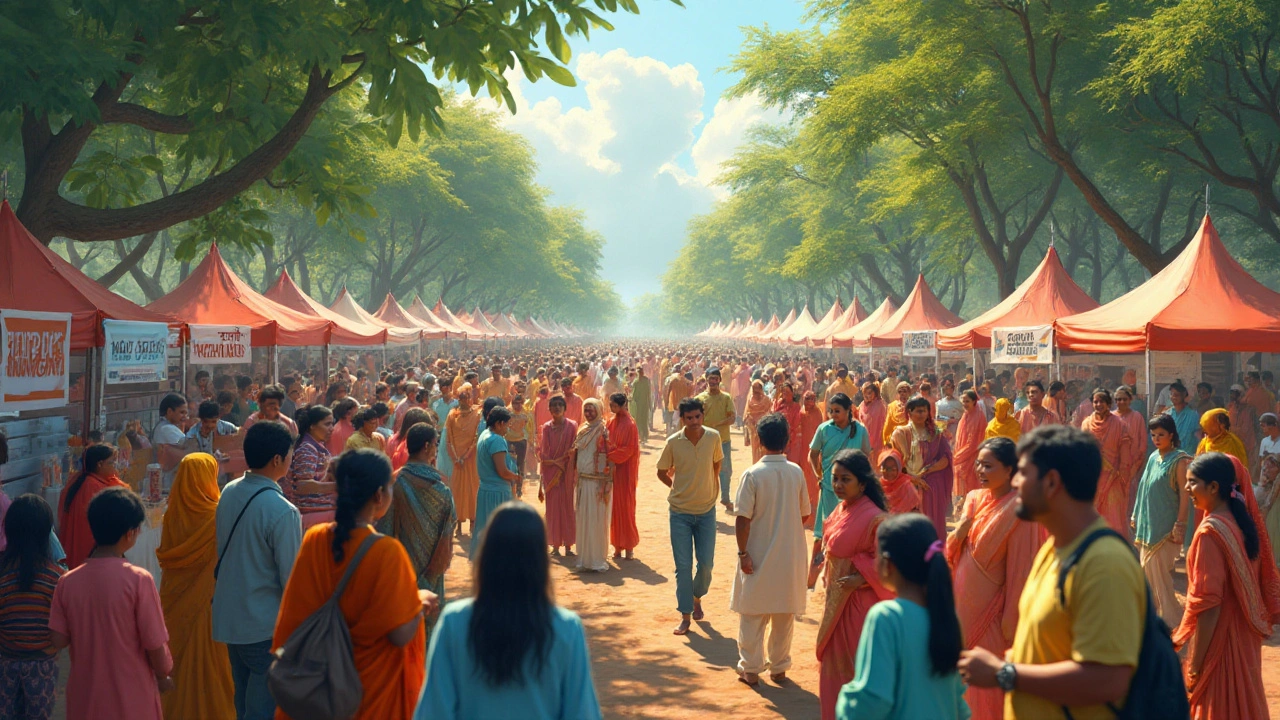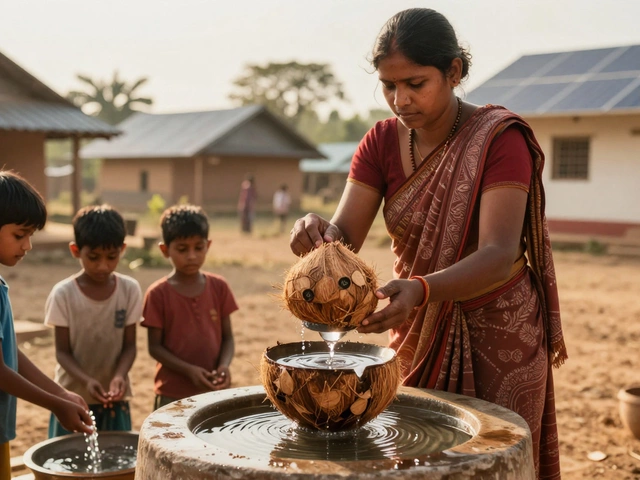Community Health: What It Is, Why It Matters, and How India Is Making It Work
When we talk about community health, the collective efforts to improve the well-being of people in a specific area through prevention, education, and local action. It's not just about hospitals—it's about clean water in villages, vaccination drives in slums, and health workers walking door-to-door in rural towns. Also known as public health at the grassroots level, it’s what stops outbreaks before they spread and keeps families healthy without them ever needing to visit a doctor.
Public health programs, organized efforts by governments or NGOs to reduce disease and promote wellness in populations are the backbone of community health. Think polio campaigns that reached every child in India, or smoke-free laws that cut lung cancer rates. These aren’t fancy tech projects—they’re simple, repeatable actions that work because they’re designed for real life. And they rely on health intervention, targeted actions that change behaviors or environments to improve health outcomes. A diabetes prevention program doesn’t just hand out medicine—it teaches people how to cook healthier meals, walks them through exercise routines, and connects them with local support groups.
What makes community health different from regular healthcare? It’s proactive. Instead of waiting for someone to get sick and show up at a clinic, it meets people where they are. That’s why health education matters so much. When a mother in Odisha learns how to recognize early signs of malnutrition in her child, or when a group of teens in Chennai starts a campaign against sugary drinks, that’s community health in action. It’s not about big budgets—it’s about trust, local knowledge, and consistency.
You’ll find real examples of this in the posts below. From the three core functions that make public health work, to the actual programs that saved lives across India, to how data scientists talk to nurses and farmers to make those programs better—you’ll see how science doesn’t happen in labs alone. It happens in homes, schools, and villages. And it’s working.







